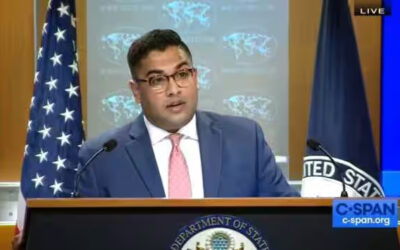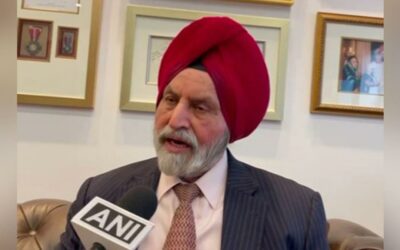When Better.com Chief Executive Officer Vishal Garg fired 900 staffers on Zoom late last year, the cuts essentially moved a larger portion of its workforce offshore.
The online mortgage lender had been aggressively hiring in both India and the U.S. for most of 2021 to try and keep pace with a wave of refinancing. But a recent regulatory filing shows that Garg’s infamous Zoom cuts — which followed the U.S. Federal Reserve’s sudden switch on interest rates — fell much harder stateside than in lower-wage India.
The geographic shift, which effectively added 1,000 employees in India, could help Better.com stave off a downturn that’s left the company with declining revenue and higher expenses as it prepares to go public. Better.com, in the same U.S. Securities and Exchange Commission filing, disclosed that its fourth-quarter net loss may reach $182 million and that revenue fell as much as 22% from the previous quarter.
Factors including the workforce reduction and negative media coverage “detrimentally affected Better’s productivity and financial results,” the company said, as did rising interest rates and increased competition among lenders.
Garg has apologized for how the firings were handled and took a short hiatus from the company.
Garg didn’t immediately respond to a request for comment left on his cellphone and at his office. A spokeswoman for the New York-based firm didn’t immediately return a telephone call and email seeking comment.
Before the job cuts, Better.com was on a hiring spree as it sought to capitalize on a wave of home mortgage refinancings driven by record-low interest rates. Its workforce roughly doubled during the year to more than 10,000 by November, according to the filing.
By year-end, after Garg’s staff reduction, the company said it had 9,300 staffers. While that was lower than in November, it was still higher than the 8,100 workers it employed as of June 30, SEC documents show.
What mainly changed was the geographic mix. As of June 30, the company had 5,000 employees in the U.S. and 3,100 in India. At year-end, it had about 5,200 in the U.S. and about 4,100 in India, according to the filing. The proportion working in India had increased to 44% at Dec. 31 from 38% at June 30.






















0 Comments